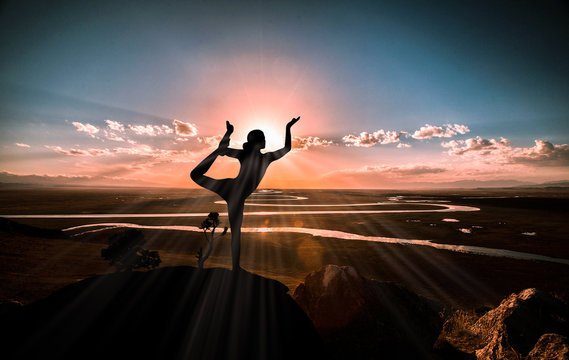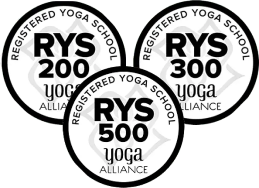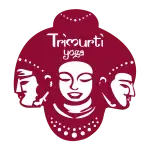
Pratyahara (withdrawal from the senses) is where the inner circle of the Yogic practice begins.
As Asana’s help us to start with Pranayama, so is Pranayama aiding us in Pratyahara. Asana is a steady physical posture, Pranayama is the harmony of the prana(life force/energy) by proper manipulation of the breath. Pratyahara is the withdrawal of the powers of senses from their respective objects. Yogi controls the senses through the practice of pratyahara. If we look back at the aim of Yoga we will understand the reason for Pratyahara. Why restrain the senses at-all ?
Table of Contents
TogglePratyahara
Yoga is the path to the realization of the universal, one needs to be attuned to the cosmic. The sense act as hindrances in the pathway. While the individual tries to unite itself with the universal, the senses try to separate it.
The main activity of the sense is to provide reason that there is world outside, while Yoga analysis affirms that there is nothing outside the universal. This is why most people find difficulty in Dhyana (contemplation). The senses do not keep quiet when there is an attempt to meditate. They rather work as distractions through our various senses.
The senses try to create differences between the seer and the seen, however there is no difference between the individual and the universal. For example the senses in the dreaming state produce the illusion of an external world which is not there ‘outside’.
This means we are seeing things even if they are not. Subsequently, this is what is happening to most of us at most of the times even during the waking state, the same rule of perception, the same experiential structure.
FAQs
What is Pratyahara in the context of yoga?
Pratyahara is one of the eight limbs of yoga, as outlined by Patanjali in the Yoga Sutras. It refers to the withdrawal or control of the senses from their external objects.
How does Pratyahara differ from the other limbs of yoga?
Pratyahara comes after the first three limbs of yoga (Yama, Niyama, Asana) and precedes Dharana (concentration) and Dhyana (meditation). It serves as a bridge between the external aspects of yoga and the internal practices of concentration and meditation.
Why is Pratyahara considered essential in yoga practice?
Pratyahara is crucial because it helps the practitioner redirect their attention inward, preparing the mind for deeper states of concentration and meditation. It is a key step in achieving mental focus and self-realization.
What are the common techniques used to practice Pratyahara?
Techniques for Pratyahara include conscious breathing (Pranayama), mindfulness, and withdrawing attention from external stimuli. Practices such as meditation and sensory deprivation can also aid in achieving a state of withdrawal.
How does Pratyahara contribute to mental well-being?
By withdrawing from external distractions, Pratyahara allows the mind to find stillness and inner calm. This contributes to reducing stress, anxiety, and mental clutter, promoting overall mental well-being.
Can Pratyahara be practiced outside of formal meditation sessions?
Yes, Pratyahara can be integrated into daily life. Practitioners can cultivate mindfulness in everyday activities, consciously withdrawing attention from unnecessary sensory stimuli to foster a sense of inner peace and focus.
Is Pratyahara only about withdrawing from external stimuli, or does it involve control of internal thoughts and emotions?
While Pratyahara initially involves withdrawing from external stimuli, it eventually leads to control over internal mental processes. It lays the foundation for the later stages of concentration (Dharana) and meditation (Dhyana).
How long does it typically take to master Pratyahara?
The time it takes to master Pratyahara varies among individuals. Regular practice, patience, and consistency are key. It is more about the journey of cultivating awareness than achieving an endpoint.








